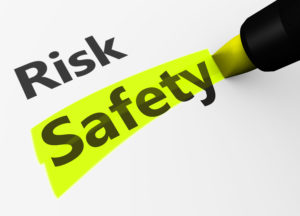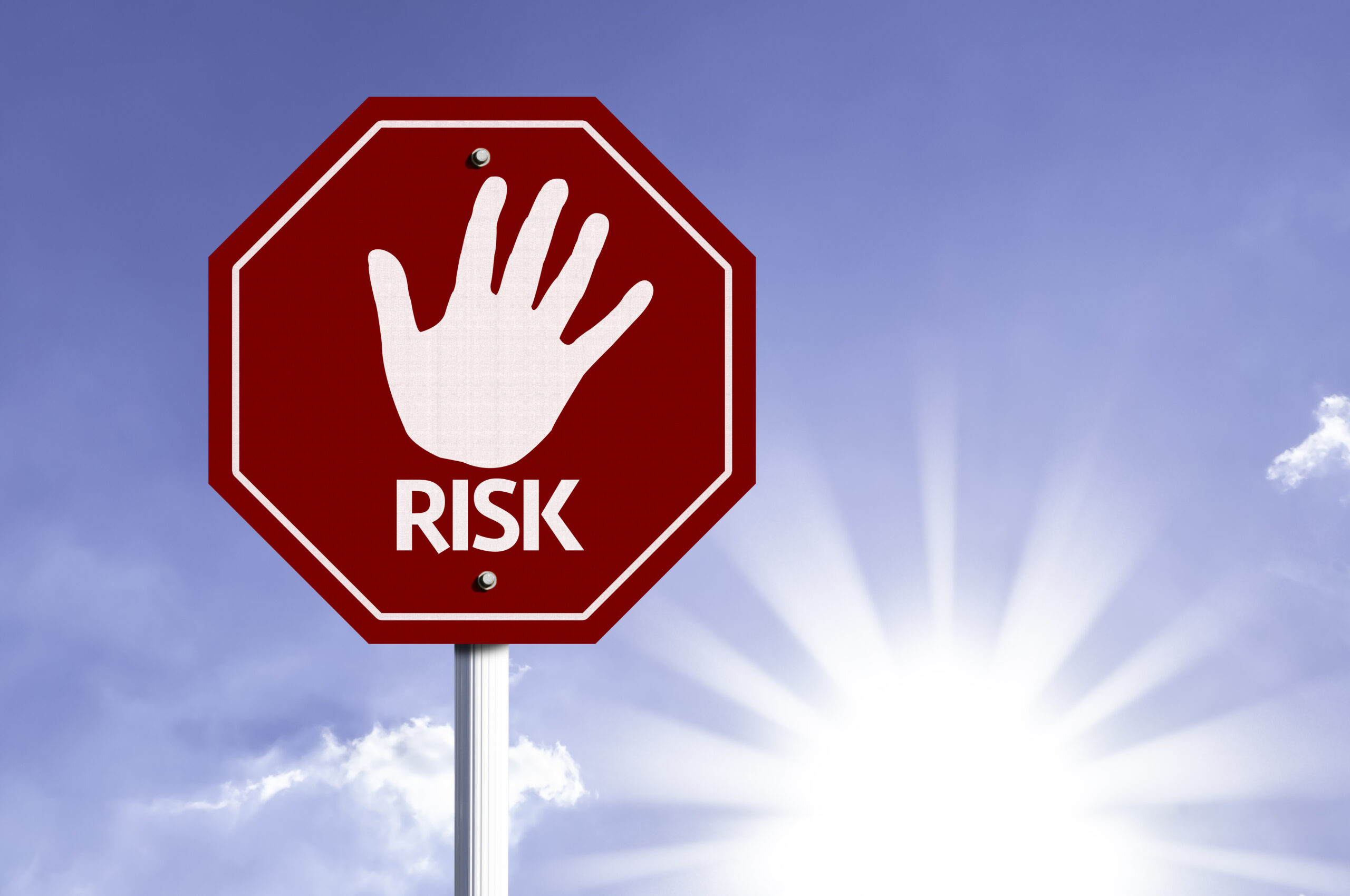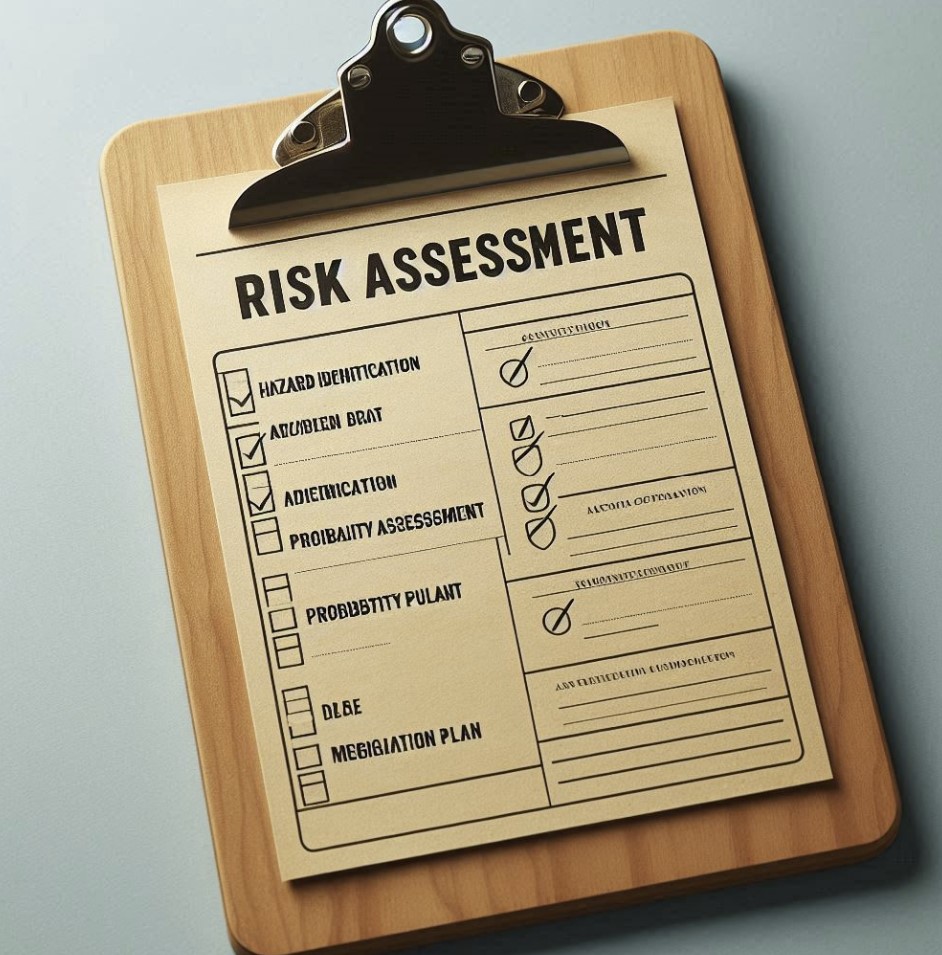
Workplace violence is a serious concern for businesses across all industries. While the image of someone suddenly resorting to extreme violence may come to mind, the reality is that such incidents are rare. More often, workplace violence is the result of an escalating process, with numerous warning signs along the way. It’s crucial for both employers and employees to be aware of these signs, fostering a culture of vigilance and proactive intervention.
The Importance of Awareness and Communication
Administrators and supervisors play a vital role in creating a safe work environment. This begins with open communication with employees about the potential for workplace violence. Training programs should equip everyone to recognize warning signs and understand reporting procedures. Remember, early intervention is key to preventing escalation.
Thirteen Warning Signs of Workplace Violence to Watch For
The following list has been summarized from the Oklahoma Municipal Assurance Group (OMAG) article, “13 Warning Signs That May Lead to Workplace Violence.” It is important to note that exhibiting one or more of these signs does not guarantee that an individual will become violent. However, these signs should be taken seriously and reported to supervisors, human resources, or law enforcement, especially when observed in combination.
- Threats: Direct, veiled, or conditional threats of harm towards others.
- Unreasonable Behavior: Constant complaining, overreactions to criticism, holding grudges, and taking comments personally.
- Intimidation and Control-Oriented Behavior: A need to dominate situations, force opinions on others, and use intimidation (physical or verbal) to get their way.
- Paranoia: Believing that others are “out to get them,” harboring conspiracy theories, and expressing feelings of persecution or injustice.
- Anger, Argumentativeness, and Lack of Impulse Control: Frequent confrontations, belligerence, arguments with authority figures, and displays of low impulse control (e.g., slamming objects, cursing, aggressive gestures).
- Irresponsibility: Blaming others for mistakes and refusing to take responsibility for their actions.
- Antisocial Behaviors: Fascination with violence, acceptance of violence as a solution, applauding violent acts in the media, issues with law enforcement, obsession with weapons, and disregard for the rights of others.
- Vindictiveness: Making statements indicating a desire for revenge or harm to others.
- Bizarre and Weird Behavior: Quirky or strange behavior that makes others feel uneasy. While this behavior alone is not indicative of violence, it can be a contributing factor when combined with other signs.
- Desperation: Expressing feelings of being “at the end of their rope” due to family, financial, or personal problems.
- Obsessive-Compulsive Behaviors: Excessive focus on work to the exclusion of other interests, or obsessive romantic interest in a coworker.
- Substance Abuse: Signs of alcohol or drug abuse, including frequent absences, tardiness, impaired performance, and disregard for safety procedures.
- Chronic Depression: Loss of interest in life or work, lethargy, and withdrawal from previously enjoyed activities.
Taking Action
If you observe any of these warning signs in a coworker, it’s crucial to report your concerns to the appropriate channels. Your vigilance could prevent a potentially dangerous situation. Employers should develop clear policies and procedures for reporting and addressing potential workplace violence, ensuring that employees feel safe and supported.
By working together, employers and employees can create a safer and more ethical work environment for everyone.
Want to be prepared for workplace violence? See our article here.
Reach Us
Red Flag Reporting
P.O. Box 4230, Akron, Ohio 44321
Tel: 877-676-6551
Fax: 330-572-8146



